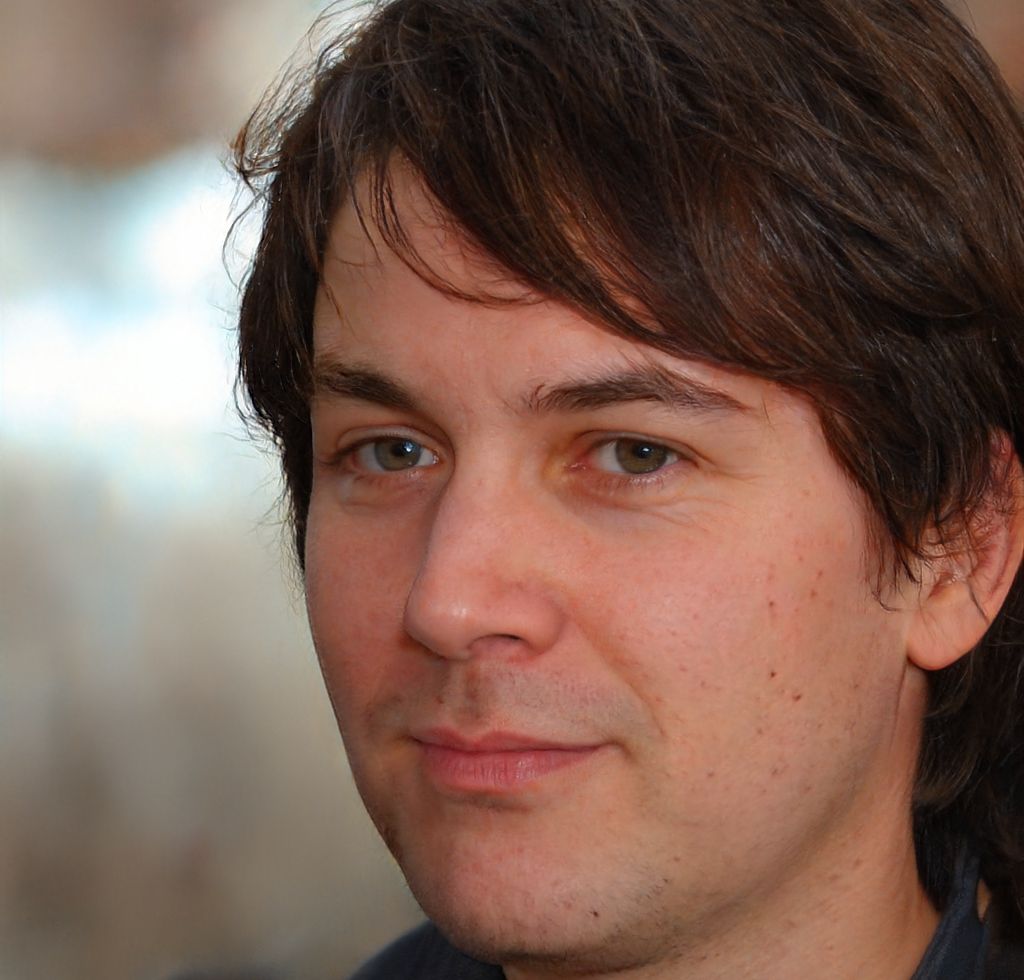How has human activity caused the evolution of pathogenic bacteria into "superbugs"?
Humans have changed the environment of the bacteria forcing the bacteria to adapt to a new environment laden with antibiotics.
The major way that humans have changed the environment is by the use of antibiotics. Antibiotics create a chemical environment that hinders the reproduction of and survival of the bacteria.
Superbugs may appear by mutation, or by selection or by exchanging genetic material.
Bacteria may adapt by losing few genes. In Page 260, The Beak of the Finch, Jonathan Weiner writes " Researchers found that the bacteria had dropped from its chromosomes a gene. ...... Apparently the cells had paid a price to defend themselves from the drug. They had made an evolutionary trade-off giving up part of their own adaptive equipment for the sake of survival." The bacteria that have stream lined their genome become resistant to all know forms of antibiotics.
On the other hand there are bacteria in existing population which are naturally resistant to antibiotics due to presence of certain genes. These genes may even be transferred from nonpathogenic bacteria to pathogenic ones, leading to evolution of antibiotic resistant superbugs.
Then there is evolution of superbugs causing drug resistant tuberculosis mainly because of the fact that people discontinued their medicines when symptoms subsided. Strongest of the pathogenic bacteria, mostly the resistant ones, still remain within the body which multiply rapidly when medicine is withdrawn.
These so called superbugs have adapted to the chemical environment created by medical science. In normal environment these superbugs are at a disadvantage to the "wild" form of the bacteria. In an environment with chemical antibiotics the adapted forms are the only forms that can survive.
There are few more answers available on the same topic .
By signing up, you agree to our Terms of Service and Privacy Policy
Human activity has led to the evolution of pathogenic bacteria into "superbugs" through the overuse and misuse of antibiotics in medicine and agriculture, promoting the development of antibiotic resistance in bacteria populations.
By signing up, you agree to our Terms of Service and Privacy Policy
When evaluating a one-sided limit, you need to be careful when a quantity is approaching zero since its sign is different depending on which way it is approaching zero from. Let us look at some examples.
When evaluating a one-sided limit, you need to be careful when a quantity is approaching zero since its sign is different depending on which way it is approaching zero from. Let us look at some examples.
When evaluating a one-sided limit, you need to be careful when a quantity is approaching zero since its sign is different depending on which way it is approaching zero from. Let us look at some examples.
When evaluating a one-sided limit, you need to be careful when a quantity is approaching zero since its sign is different depending on which way it is approaching zero from. Let us look at some examples.
- How would you describe Darwin's theory of common descent? What is some evidence that supports it?
- Would vestigial structures make any sense if organisms did not evolve?
- Why is the study of evolution important?
- Why was the evolution of a large brain important to human evolution?
- What is an antibiotic resistant bacteria?

- 98% accuracy study help
- Covers math, physics, chemistry, biology, and more
- Step-by-step, in-depth guides
- Readily available 24/7
 Vivian Aronson
Vivian Aronson Nicholas Ahn
Nicholas Ahn